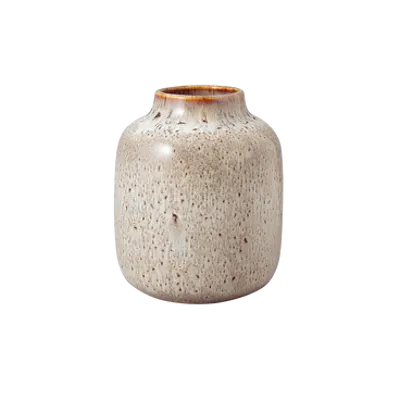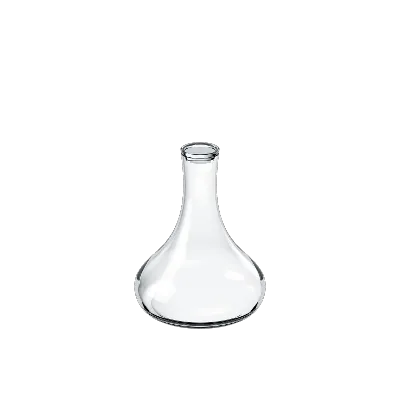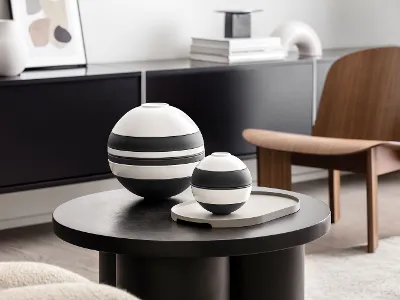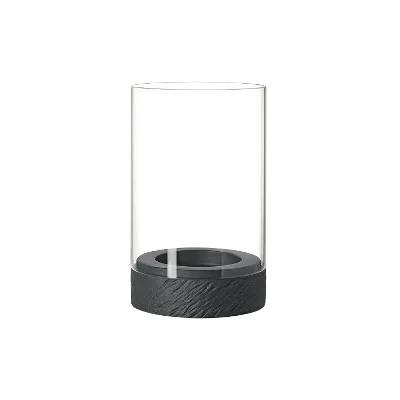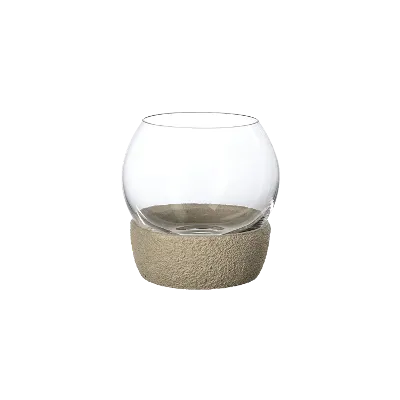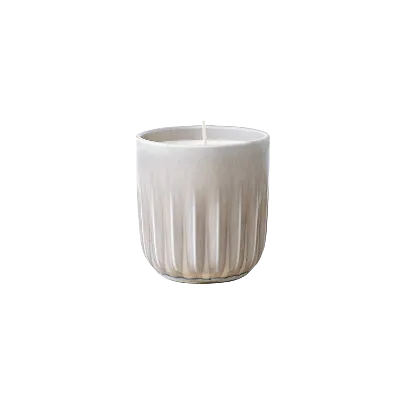Order cut off dates for Christmas Deliveries:
15 Dec for WA, SA & NT | 18 Dec for all other states
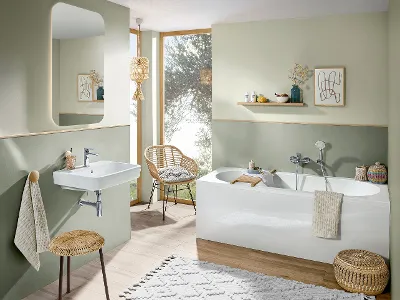
Preventing Mold in the Bathroom
9 top tips
Once it has taken hold, mould can be very difficult to get rid of. Preventing mould from forming in the bathroom in the first place is easier than removing it. Furthermore, mould fungus in the bathroom is not just question of aesthetics. The spores can be harmful to health and even cause permanent damage to tiles and grouting in the bathroom.
Read our 9 top tips to keeping mould at bay in your bathroom!
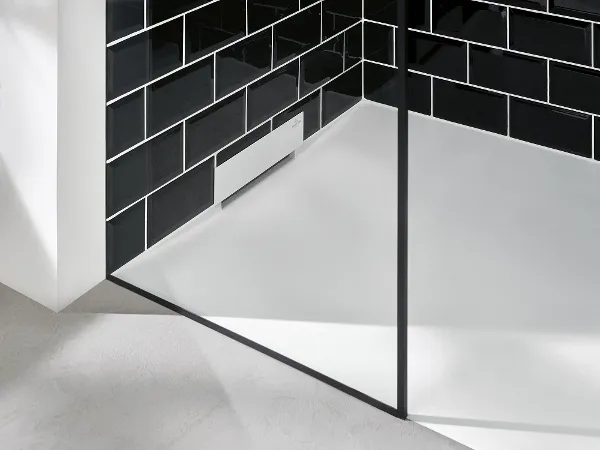
How does mould develop in the bathroom?
The bathroom is a sanctuary of well-being and relaxation. But no other room in the home is at greater risk of mould infestation. Regular showers and baths increase air humidity to far in excess of 70 per cent. Moisture condenses and runs down walls, accumulating in the grouting, sealant and corners.
Mould spores flourish in this environment and can proliferate rapidly. They thrive especially well in damp fabrics and in any gaps in the silicone sealant. In the worst-case scenario, if aggressive mould has started to eat away at the seals, you might need to call in an expert for expensive removal.
How to prevent mould
A few, simple everyday steps can make the difference between stopping bathroom mould or letting it spread unchecked.
Let these 9 quick and easy tips become part of your daily routine:
Shower curtain
Mould thrives in the creases on a damp shower curtain. Let the steam escape from the shower and then extend the shower curtain fully to remove any creases.
Change textiles
Shower or bath towels should be changed at least once a week, and hand towels every two to three days. Avoid fabric decorations such as artificial flowers in the bathroom.
Ventilation
Good air circulation allows moisture to escape so after showering or bathing, close the door and open the windows! During the day, leave the window ajar to ventilate the room.
Dry tiles
Wipe down tiles after your bath or shower, and dry the shower tray, bathtub and grouting. The less moisture, the harder it is for mould to take hold.
Towels on the radiator
After use, place towels on the radiator to dry them. Put damp sports gear straight into the washing machine.
Use a dehumidifier
Use pretty little sachets or ceramic boxes filled with salt to draw and capture moisture from the air.
Use a hygrometer
A hygrometer indicates when the ideal air humidity level of 50-70 per cent is exceeded. If you have not already done so, ventilate the room immediately until the hygrometer shows an acceptable level.
Heating
The perfect temperature for the bathroom is around 23 degrees. Ideally, you should always leave the heating on in the bathroom.
A grout-free bathroom
A grout-free bathroom is a particularly effective way of preventing mould. Modern, smooth easy-care materials for showers and baths also minimise the area on which limescale and mould fungus can accumulate. In addition, they are easier to clean.
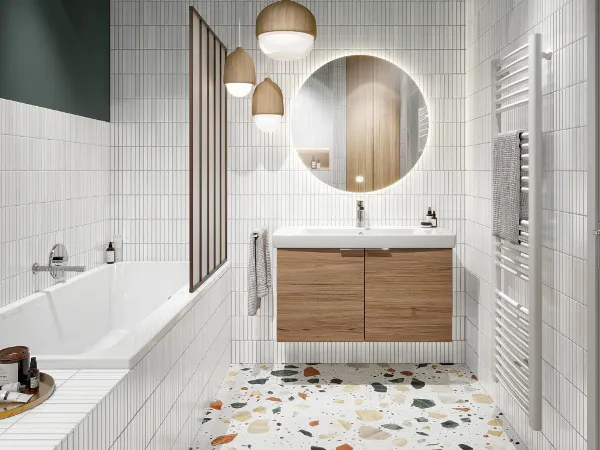
No windows in your bathroom? Some important points to look out for!
Preventing mould in a windowless bathroom can be a challenge – but it is not impossible. Modern ventilation systems can provide adequate air exchange. If the bathroom has an external wall, one option is to install a fan with heat recovery. This saves heating costs and is very energy-efficient.
Also note: by law, internal bathrooms must be fitted with an electric fan. If this doesn’t work, electric dehumidifiers can help – or a neighbouring room can be used for targeted ventilation.
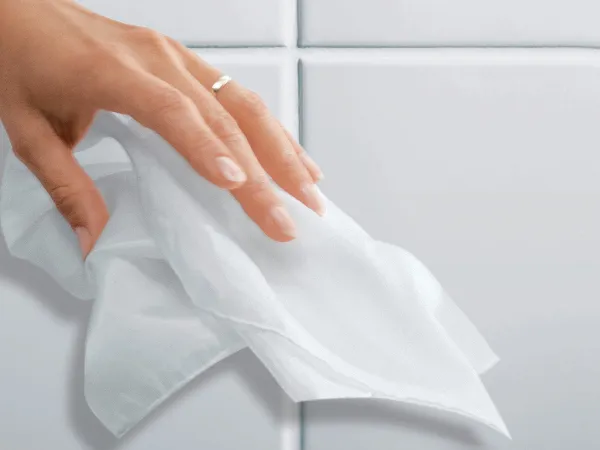
How can you deal with mould in the bathroom?
Remove mould as quickly as possible before it has a chance to spread or penetrate deeply into the grouting. You don’t need a chemical mould remover such as a chlorine cleaner, for this – regular household products will do the job just as well. Use products such as baking powder and acetic acid or citric acid to remove mould and then rinse thoroughly with clean water. Don’t forget to dry surfaces thoroughly and ventilate the room! Then follow our 9 tips to prevent the mould reappearing.

All about your personal spa bathroom
Discover modern bathroom ideas – including cleaning tips and exclusive benefits delivered straight to your inbox.
As a welcome gift, you will also receive a 10% discount on your first order of Dining & Lifestyle products.[0]


